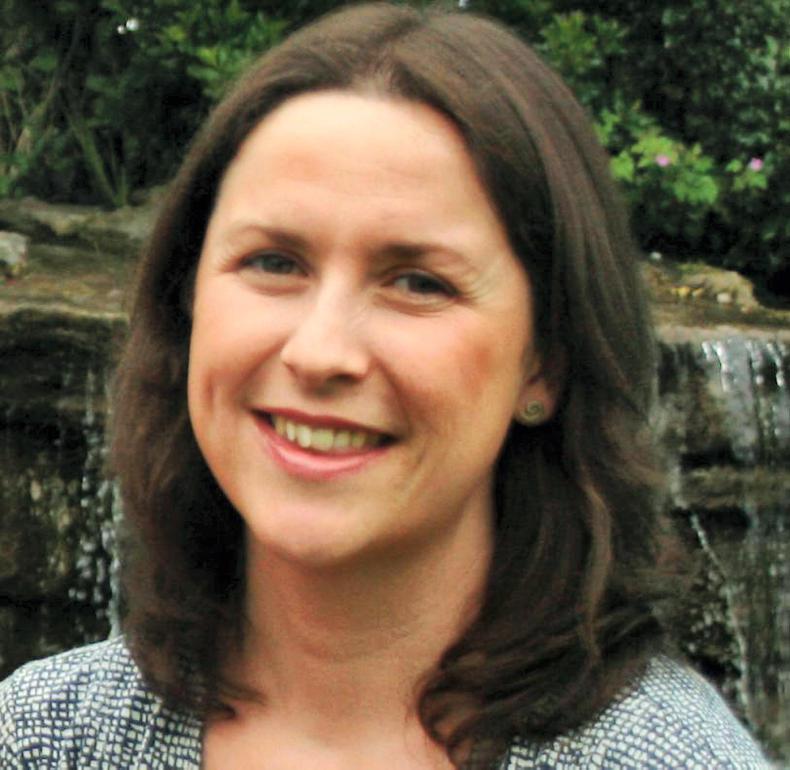Last year, when the Government announced its low-cost loan scheme, it recognised the need for a cashflow support facility, which provided farmers with a low-cost, flexible source of working capital allowing them to pay down more expensive forms of short-term debt, particularly merchant and co-op credit and overdrafts. More than 4,200 applications totalling almost €145m, with an average loan size of €34,000 and an average loan period of 41 months, were drawn down.
Last year, when the Government announced its low-cost loan scheme, it recognised the need for a cashflow support facility, which provided farmers with a low-cost, flexible source of working capital allowing them to pay down more expensive forms of short-term debt, particularly merchant and co-op credit and overdrafts.
More than 4,200 applications totalling almost €145m, with an average loan size of €34,000 and an average loan period of 41 months, were drawn down.
The Minister announced last October that €25m was again allocated to leverage another similar scheme. Yet as farmers enter peak working capital demand, there is no sign of it. While the banks say they are not seeing any increase in overdraft utilisation, they do expect pressure to come on cashflow later in the year given the reduced milk cheques and increased fertiliser and feed bills.
Lending
Figures from the Central Bank show that lending advanced to farmers soared 17% (€114m) to reach €780m last year. The outstanding debt levels on Irish farms, which had been falling in recent years, rose by a similar €109m to reach €3.1bn at the end of last year.
This increase mirrors the additional €150m made available under the Government’s low-cost loan scheme. It also demonstrates the appetite there was for such a scheme- reflective of the attractive 2.95% interest rate and no need to provide security.
But do we know the financial requirement of the sector today? Prior to lifting of quotas, the sector saw around €600m in credit advanced annually. Over the following years this rose by some €50m and reached a peak of almost €800m last year.
Evidence would suggest that the money drawn down last year was not used for cashflow support.
Instead, farmers used the money over a longer term. In a year when more than ever cashflow looks likely to come under pressure, now is the time for this scheme to be rolled out again and used for what it was designed for – a cashflow support scheme.
AIB
Anne Finnegan, head of agriculture with AIB, says farmers came into 2018 on the back of a strong 2017 with strong cash balances.
 Anne Finnegan, head of agriculture with AIB.As a result, the bank is seeing no increases in overdraft utilisation so far compared to the same period last year. She acknowledges that while the sector on average is in good financial health overall, there may be individual cases under greater pressure.
Anne Finnegan, head of agriculture with AIB.As a result, the bank is seeing no increases in overdraft utilisation so far compared to the same period last year. She acknowledges that while the sector on average is in good financial health overall, there may be individual cases under greater pressure.
“The cashflow impact has yet to crystallise in farmer current accounts and we expect this to materialise over the summer months.”
This is as a result of a combination of factors, according to Finnegan – increased feed bills, lower milk cheques driven by lower prices, yield and quality along with delayed fertiliser purchases.
She says this has not come through the system yet and is mostly sitting in merchant and co-op accounts. She advises those who are seeing pressure or anticipate cashflow pressure to make early contact with the bank.
She says there are a range of options available to aid working capital, such as an overdraft extension and a farmer credit line, along with short-term loans and stocking loans.
Bank of Ireland
Sean Farrell, head of agriculture with Bank of Ireland, says the bank is seeing a modest increase in temporary overdraft extensions along with a small increase in stocking loans. He says this is mainly to cover the increase in fodder and feed costs.  Sean Farrell, head of agriculture, Bank of Ireland.
Sean Farrell, head of agriculture, Bank of Ireland.
He acknowledges there is a short-term challenge but that “it has been a fodder issue rather than a credit issue up to now” and that farmers’ biggest challenge “was getting the fodder not the funding”.
The bank saw lower overdraft utilisation at the start of the year. He believes the extra costs coupled with reduced income occurring on farms now could have an effect later in the year as the bills come in.
“If farmers need extra funding, come talk to us sooner rather than later,” he says, adding that “it is a cashflow challenge at the moment, and it will be later in the year before the full impact on profitability is known.”
He says there are a number of options available including temporary increases on overdrafts. He says that for existing customers much of it can be completed easily over the phone.
Ulster Bank
 Ailish Byrne, senior agricultural manager with Ulster Bank.Ailish Byrne, senior agricultural manager with Ulster Bank, says there is no material increase in overdraft usage at the moment.
Ailish Byrne, senior agricultural manager with Ulster Bank.Ailish Byrne, senior agricultural manager with Ulster Bank, says there is no material increase in overdraft usage at the moment.
However, she noted the pressures of increased workload on farmers as animals remained indoors for an extended period, poorer animal performance and the purchase of additional forage and meals.
She anticipates grass growth and crop performance to be affected for the season and advises to prepare fodder budgets carefully.
“To date, the majority of additional feed and forage purchased has not been paid for,” according to Byrne.
She says: “We expect our customers to have some cashflow challenges as the year progresses and advise them to prepare a cashflow budget and discuss their needs with Ulster Bank.”
She adds: “We will offer support and solutions to all our customers during periods of pressure, once the underlying core business is sustainable.”
Bills sitting with merchants/co-ops currently.Credit crunch likely later in year.Loans advanced to farmers last year up €114m.Talk to your bank early if anticipate cashflow issues. 




SHARING OPTIONS: